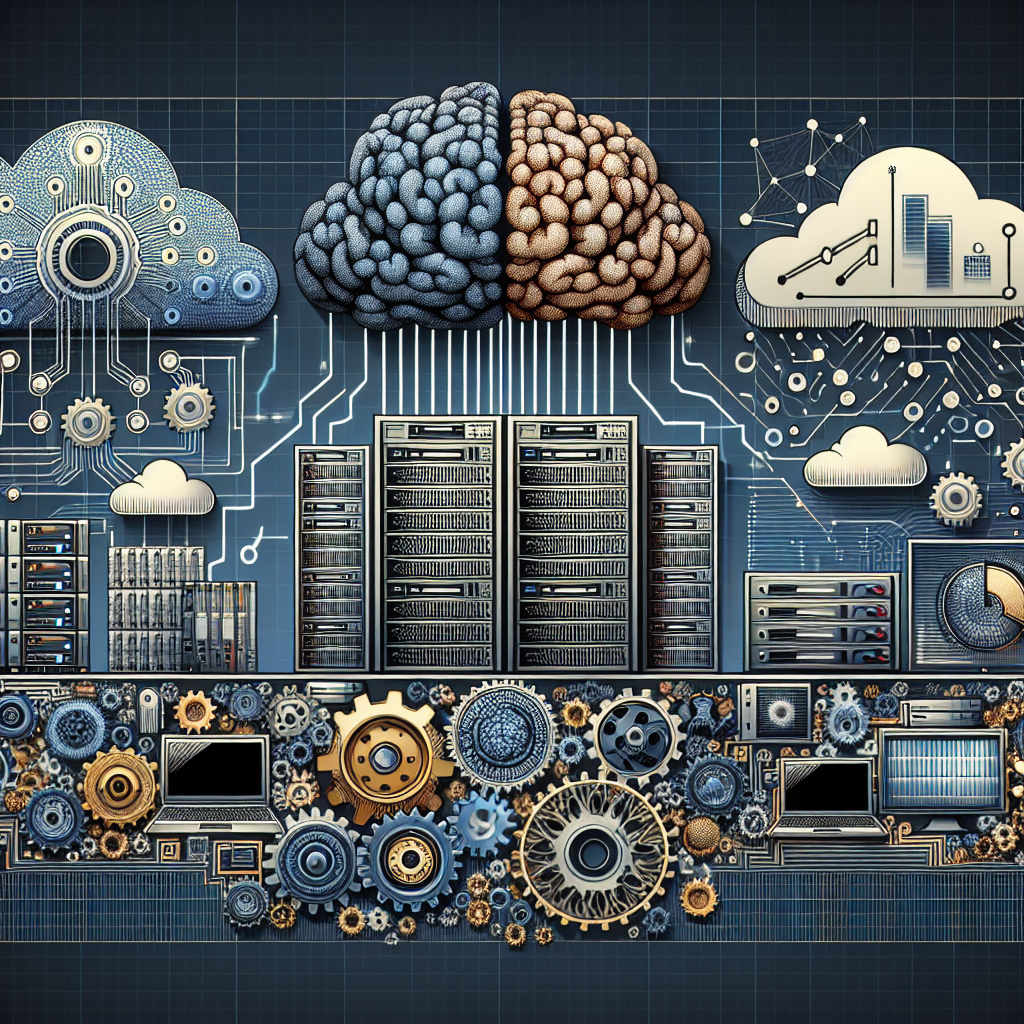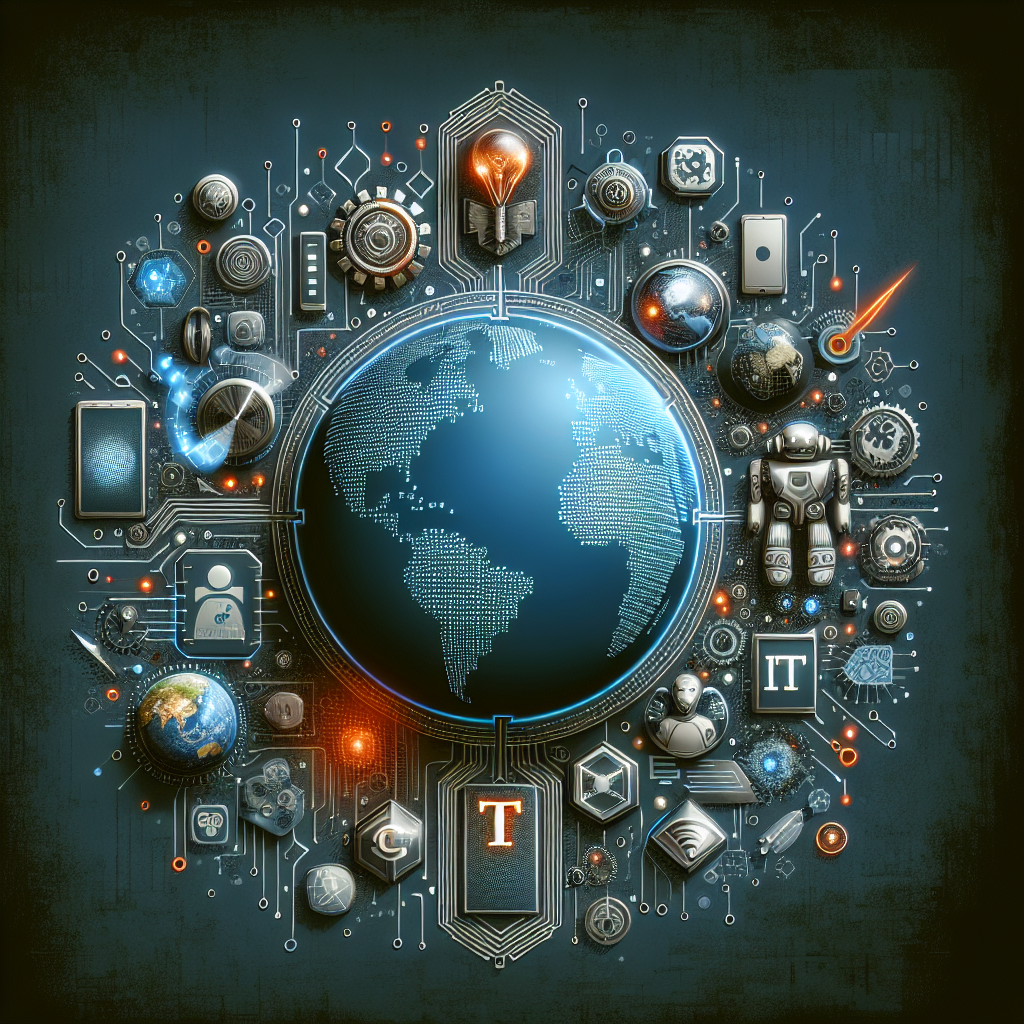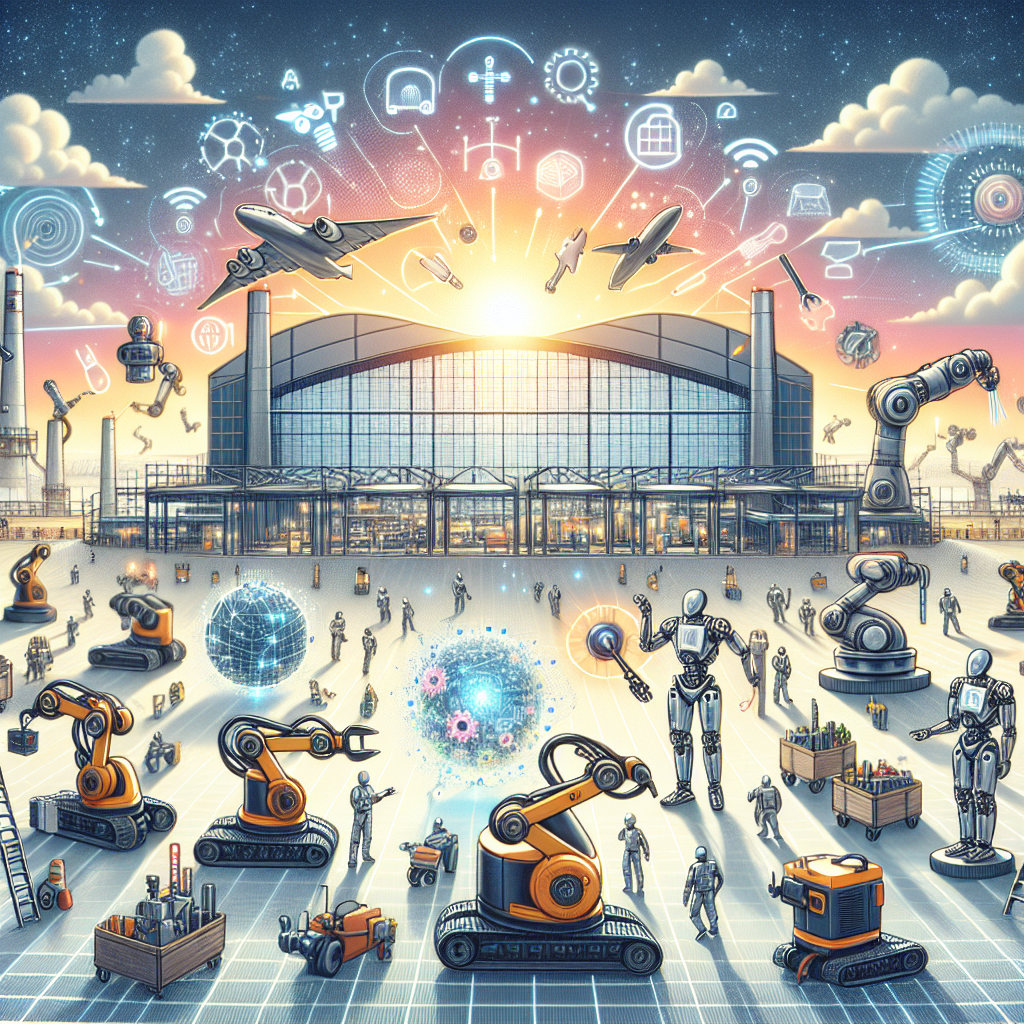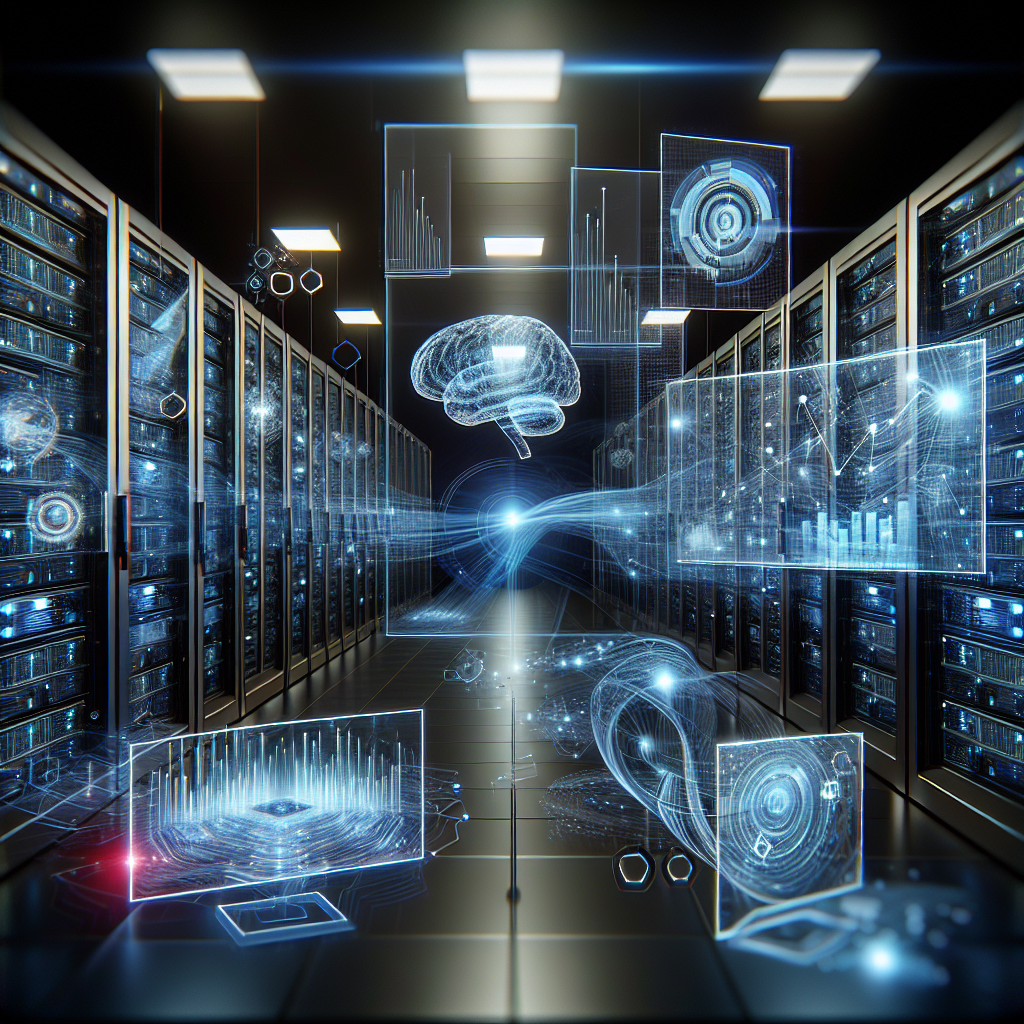Managed Service Providers (MSPs) play a crucial role in the digital age by providing businesses with the necessary expertise and support to navigate the complex world of technology. As technology continues to evolve at a rapid pace, MSPs are also adapting their services to meet the changing needs of their clients.
One of the key trends shaping the future of MSPs is the increasing reliance on cloud computing. With the cloud becoming the preferred platform for data storage and management, MSPs are now offering cloud-based services to help businesses leverage the benefits of this technology. This includes providing infrastructure as a service (IaaS), platform as a service (PaaS), and software as a service (SaaS) to help businesses streamline their operations and reduce costs.
Another trend influencing the future of MSPs is the rise of cybersecurity threats. With cyber attacks becoming more sophisticated and frequent, businesses are turning to MSPs to help protect their sensitive data and networks. MSPs are now offering advanced cybersecurity solutions such as threat detection, incident response, and security monitoring to help businesses stay one step ahead of cyber threats.
In addition to cloud computing and cybersecurity, MSPs are also focusing on automation and artificial intelligence (AI) to improve their service offerings. By leveraging automation and AI technologies, MSPs can streamline their operations, improve efficiency, and deliver faster, more reliable services to their clients. This not only helps MSPs stay competitive in the market, but also enables them to provide better value to their clients.
Overall, the future of Managed Service Providers in the digital age looks promising. With the increasing adoption of cloud computing, the growing importance of cybersecurity, and the rise of automation and AI, MSPs are well-positioned to help businesses navigate the complexities of technology and achieve their digital transformation goals. By staying ahead of the curve and embracing new technologies, MSPs can continue to provide valuable services to their clients and drive innovation in the digital landscape.










